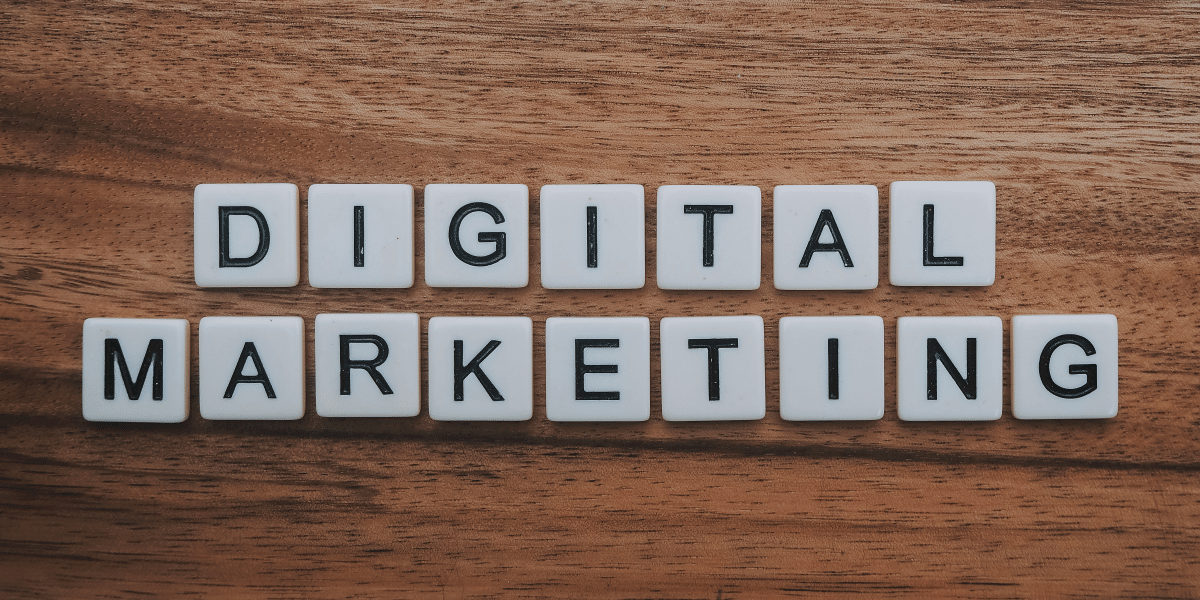In today’s digital marketing landscape, targeting the right audience is essential for maximizing the effectiveness of advertising campaigns. One such strategy that has gained prominence is geofencing, which allows advertisers to focus their efforts on specific geographical areas. This article provides an in-depth overview of geofencing in digital marketing, exploring its benefits, applications, and how it can integrate with other forms of advertising like connected TV and programmatic advertising.
What is Geofencing?
Geofencing is a location-based marketing technology that enables businesses to target consumers within a defined geographic area. By creating a virtual boundary—often using GPS or RFID technology—advertisers can send targeted ads, notifications, or messages to users who enter, exit, or remain within that zone. The geographic range can vary from as small as a city block to as large as an entire metropolitan area, depending on campaign objectives.
Key Elements of Geofencing:
- Virtual Perimeter: A predefined boundary around a location (store, venue, event) where ads will be triggered.
- Triggering Events: Ads or messages are pushed when users enter, stay within, or leave the designated area.
- Mobile Devices: Most geofencing campaigns rely on smartphone apps or browsers that track users’ locations.
How Geofencing Works in Digital Marketing
Geofencing starts with defining a specific location that aligns with a brand’s marketing goals. After determining the target area, advertisers use platforms that can track user locations via mobile apps, Wi-Fi, or Bluetooth beacons. Once users enter the geofenced area, they are served with customized ads, promotions, or content relevant to their location.
For example, a retailer can set up a geofence around a shopping mall to target shoppers with special offers when they are nearby. Similarly, a restaurant could use geofencing to deliver a discount code when a potential customer is within walking distance of their establishment.
Applications of Geofencing in Advertising
Geofencing is versatile and can be applied across various industries and platforms. Below are some key ways advertisers are leveraging this technology:
1. Retail and Brick-and-Mortar Stores
One of the most common applications of geofencing is in retail, where businesses can attract nearby shoppers with timely offers. For example, a store might target people who enter a competitor’s location, encouraging them to visit their own store with an exclusive discount.
2. Event Marketing
Brands often set up geofences around large events like concerts, conferences, or sports games. Advertisers can push notifications or ads to attendees, increasing brand awareness and engagement during high-traffic events.
3. Connected TV Advertising
When integrated with connected TV (CTV) and OTT (Over-The-Top) advertising, geofencing offers even more precision. Advertisers can combine location-based targeting with audience data to serve ads to viewers who are within specific areas while streaming content on CTV platforms. This allows for highly targeted campaigns that blend traditional TV advertising with cutting-edge digital strategies.
4. Demand Generation and Programmatic Advertising
Geofencing is particularly effective for demand generation campaigns where reaching the right audience at the right time is critical. By integrating geofencing with programmatic advertising, marketers can automate the process of serving location-specific ads in real-time, increasing efficiency and campaign ROI.
5. Restaurants and Hospitality
Restaurants use geofencing to attract foot traffic by targeting potential customers when they are nearby. Hotels can also leverage this technology to push promotional offers to travelers near airports or tourist attractions.
Benefits of Geofencing in Digital Marketing
Geofencing offers several key advantages, making it an attractive option for advertisers who want to reach targeted audiences more efficiently.
1. Precision Targeting
Geofencing allows advertisers to hone in on specific geographical areas, ensuring that only people within those zones receive ads. This precision targeting can significantly reduce wasted ad spend and increase conversion rates.
2. Real-Time Engagement
One of the biggest advantages of geofencing is its ability to engage users in real-time. Consumers can receive offers or content as soon as they enter the geofenced area, prompting immediate action.
3. Higher ROI
Because geofencing targets users based on their location, the relevance of the ad content increases, leading to higher engagement and conversion rates. This, in turn, leads to a possible better return on investment (ROI) for advertisers.
4. Customizable and Scalable
Geofencing is flexible, allowing businesses to adjust the size of the geofence based on their campaign needs. Whether targeting a small local area or a broader region, advertisers can customize their campaigns to meet specific objectives.
Challenges and Considerations
While geofencing offers numerous advantages, there are some challenges advertisers need to be aware of:
1. Privacy Concerns
With the increasing focus on consumer privacy, advertisers must ensure that their geofencing practices comply with regulations like the General Data Protection Regulation (GDPR) and the California Consumer Privacy Act (CCPA). Users must opt-in to location tracking, and advertisers should be transparent about how data is being used.
2. Battery and Data Usage
Geofencing often requires the constant use of location services on mobile devices, which can lead to faster battery drain and higher data usage. This could deter some users from opting in to location tracking.
3. Accuracy
While geofencing technology has improved significantly, it is still reliant on the accuracy of GPS and Wi-Fi signals. Poor signal strength or interference can sometimes lead to incorrect triggers, either missing potential users or targeting those outside the intended area.
Integrating Geofencing with Other Advertising Channels
Geofencing is most effective when integrated into a broader digital marketing strategy. Below are some ways to incorporate geofencing with other advertising channels:
1. Geofencing and Performance Marketing
By incorporating geofencing into performance marketing strategies, advertisers can optimize campaigns for specific actions—such as store visits or online purchases—within targeted areas. This integration enhances the ability to measure and improve campaign effectiveness based on geographical data.
2. Programmatic and OTT Advertising
Programmatic advertising, combined with geofencing, automates ad placement based on real-time location data. When paired with OTT advertising, marketers can ensure their ads reach viewers in specific areas while they are streaming content, providing a seamless experience across multiple platforms.
3. TV Advertising
Traditional TV advertising is often broad in scope, but geofencing allows for more targeted TV ads on connected devices. For instance, local businesses can focus their TV advertising efforts on specific regions where they operate, increasing relevance and minimizing wasted impressions.
Conclusion
Geofencing is a powerful tool in digital marketing, offering precision targeting and real-time engagement that can boost campaign performance. Whether used in connected TV advertising, programmatic campaigns, or retail promotions, geofencing can help advertisers reach their audience more effectively. By integrating geofencing with other advertising channels, businesses can create a more cohesive and targeted marketing strategy that maximizes ROI.
Published By: Aize Perez



















